Sarawakians and the jungles of Borneo have lived in harmony for centuries. And one way we stay healthy is by incorporating the medicinal plants found around us into our diets or using them as a cure when we are sick or injured.We’ve come to deeply respect and appreciate the delicate ecosystem of the jungle and all that live inside it. We believe that by taking care of nature, nature will take care of us!
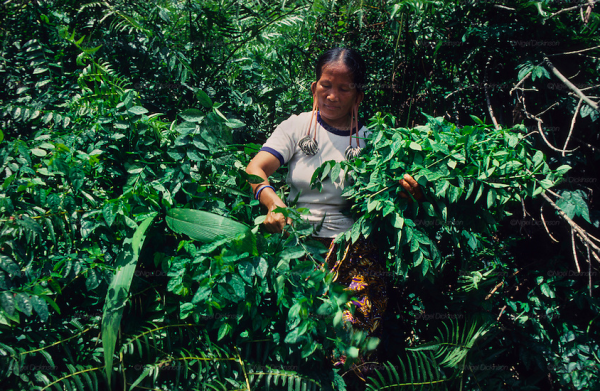
Credit: Nigel Dickinson
These medicinal plants hold valuable healing attributes. They’ve been utilised for centuries by our people to keep them in good health and provide relief to a myriad of ailments. Now, these plants are making their way into alternative medicine. Sarawakian concoctions of traditional medicine are used to treat skin diseases, fevers, headaches and even detox after childbirth.So while you may recognise many of these plants and even eat them or use them for cooking, you’ll probably be surprised to know they have excellent healing benefits. Allow us to open your eyes to Sarawak’s world of medicinal plants! Who knows, the information you learn might be useful to you too one day.
Turmeric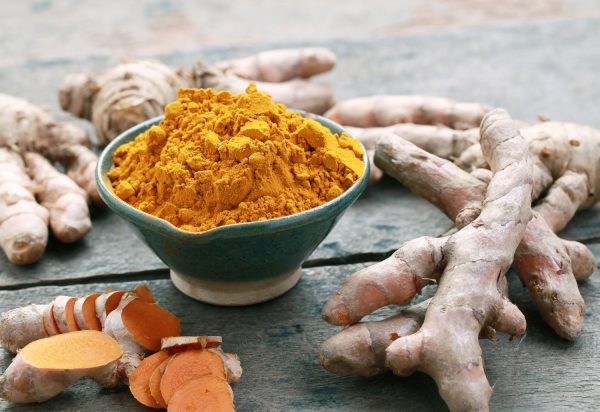
Source: Swanson Vitamins
In the West, turmeric was first embraced as a fabric dye. However, in Asian communities, it is known for being the spice that will stain your hands yellow! It also makes a great addition to a lot of dishes, but Sarawakians have used this plant for more than just making great tasting food. It is also used for its many health benefits.In fact, recent clinical trials have confirmed the ways turmeric can improve health, which shows the wisdom of our people! Turmeric has been discovered to be a powerful antioxidant, and it has anti-inflammatory qualities, plus it makes an effective pain reliever.
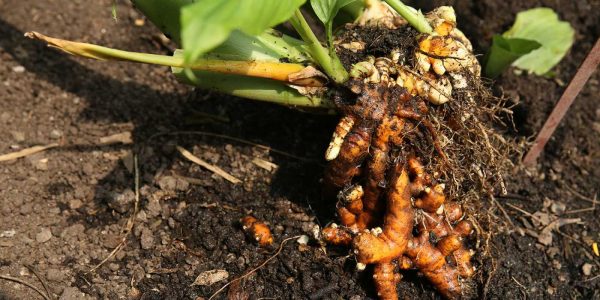 Source: Eden Project
Source: Eden Project
The indigenous Iban tribe in Sarawak use turmeric to treat skin diseases by pounding the roots into a poultice which is then applied to the affected area. They also add turmeric in food or herbal drinks as nourishment for women after childbirth. Meanwhile another indigenous tribe, the Melanau, consume turmeric to relieve headaches.Curcumin, an active substance found in the turmeric plant, is said to improve memory and mood swings. It also helps in alleviating depression. Not only that, but curcumin also promotes digestion, lactation and diminishes stretch marks while adding a glow to the skin. It is even being researched for use in cancer prevention and treatment!
Guava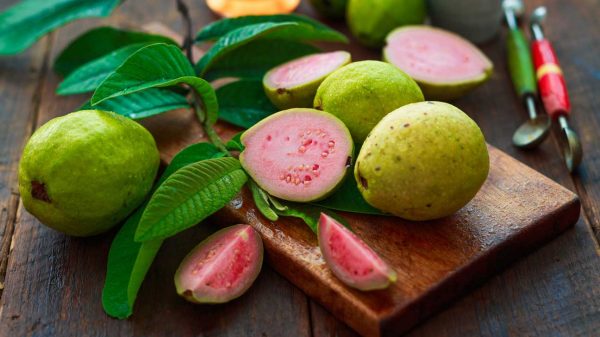
Source: Healthline
We’re pretty sure you’ve walked into a convenience store and seen guava juice on the shelves and it’s also a delicious fresh, pink fruit but did you know that Guava has multiple health benefits?Guava is most commonly cultivated in villages and even in urban homes. Its leaf extract improves blood sugar content, which is beneficial to diabetic people or those at risk of contracting diabetes. Consuming the plant’s young leaves raw reduces diarrhoea and constipation, which is why Sarawakian indigenous communities, like the Iban and Kayan, eat the leaves when they have a case of upset tummy!
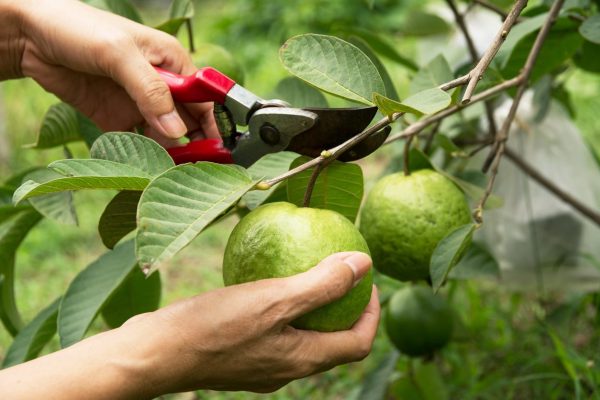
Traditionally, the leaves of the guava plant are pounded into a paste and spread onto skin as a treatment for skin diseases, such as rashes or ringworm. The Iban apply sap from the leaves directly onto open wounds to heal them. The Kenyah and Kelabit do the same, except that instead of using sap, they use a poultice of the young leaves.The fruit itself is naturally healthy as it is rich in vitamin C and vitamin A, and it contains natural folic acid, which is essential for pregnant women!
Galangal
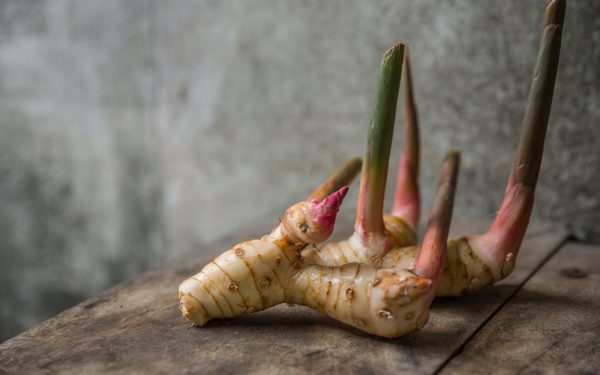
Source: One Green Planet
Many people confuse galangal with ginger because they both look eerily similar! However, they have very different tastes. While ginger is known for being pungently spicy, galangal has a sharp citrusy flavour. They do, however, belong to the same family.Galangal can be used fresh, dried, powdered, as an oil, or even as a juice, and is a staple ingredient in many curry dishes. It’s widely cultivated in villages or grown near villages. It is a powerful antioxidant and anti-inflammatory, and small doses can help to prevent various types of nausea, especially morning sickness. The Kelabit even prepare galangal tea for mothers after childbirth to help regain their energy and for revitalisation!
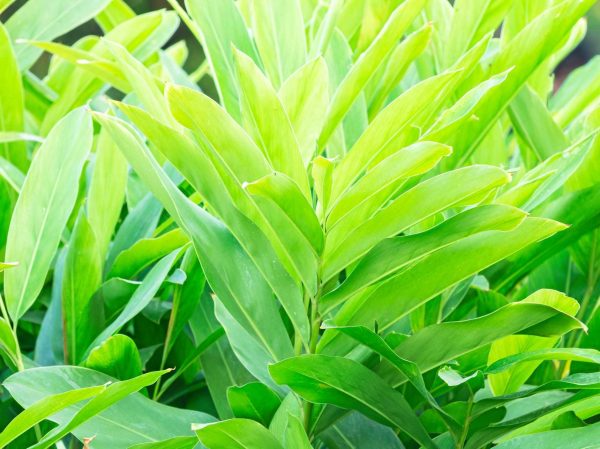 Source: Sunshine Coast Daily
Source: Sunshine Coast Daily
The Bidayuh reduce the effects of fever by crushing the leaves and stems of the galangal plant, boiling them and then using the water to bathe in.Although galangal is considered a spice by many communities, the Iban turn it into a remedy by pounding and mixing it with a pinch of salt. By applying this mixture onto skin, it can reduce itchiness caused by accidentally rubbing against plants similar to Poison Ivy or Hogweed.
Tapioca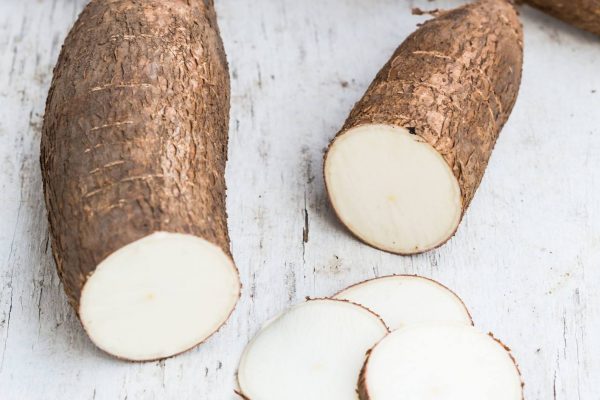
Source: The Spruce Eats
If you are lucky enough to get invited into a Malaysian home at tea time, you might get to try ubi kayu with sambal tumis (fried chilli paste)! The young leaves of tapioca plants are traditionally eaten as vegetables. They are also served as a local salad alongside sambal belacan (chilli shrimp paste).However, unknown to many, rubbing the latex onto the skin is said to relieve swelling while drinking fresh juice squeezed from tapioca leaves may stop the vomiting of blood. Furthermore, regular intake of tapioca leaf tea offers protection against colon cancer.
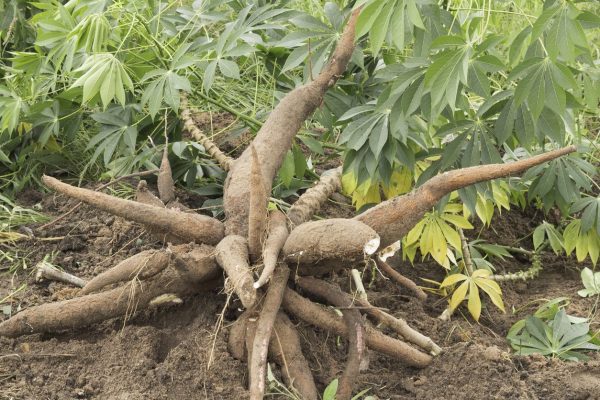
Source: Gardening Know How
The tapioca can be turned into a poultice that is used to mitigate headaches, as practised by the Sarawak’s indigenous tribes like the Bidayuh, Selakoh, and Melanau. Drinking a concoction of its leaf juices and honey is also said to alleviate constipation. The latex from the plant can relieve swelling on the skin, and some indigenous communities use that as an antidote against the sap of the rengas tree that can cause an adverse reaction if touched.
Chinese Motherwort
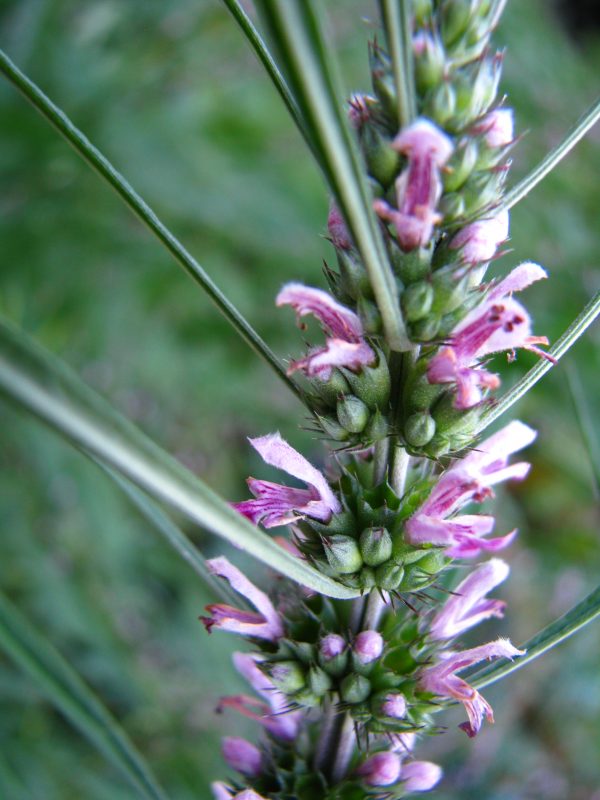
Source: Crimson Sage Nursery
This herb, better known as kacangma by Sarawakians, is also listed as one of the 50 most fundamental herbs used in traditional Chinese medicine. It is mostly used by mothers after childbirth. Its Chinese name is even yi mu cao, which means “beneficial herb for mothers”.Chinese motherwort is a herb not commonly sold in other parts of the world, or even in Malaysia! You can only get it at Chinese herbalist stores in Sarawak, or by growing your own. However, a word of caution! The leaves of this plant look like marijuana leaves, so you might need to do a bit of explaining if the authorities catch you with it!
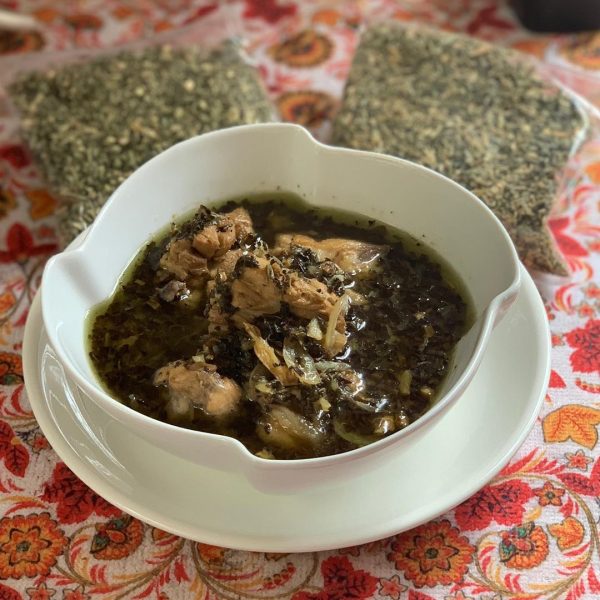 Source: HashtagEn
Source: HashtagEn
Technically, the Chinese motherwort on its own, is not widely used in Sarawak. However, we think it deserves a mention as this herb is used to cook “motherwort chicken”, which is a uniquely Sarawakian dish prepared by the Hakka Chinese community. It is a common (and tasty!) confinement dish for women after childbirth. In fact, tastes so good, that people eat it even if they’re not new mothers!
Honourable mention
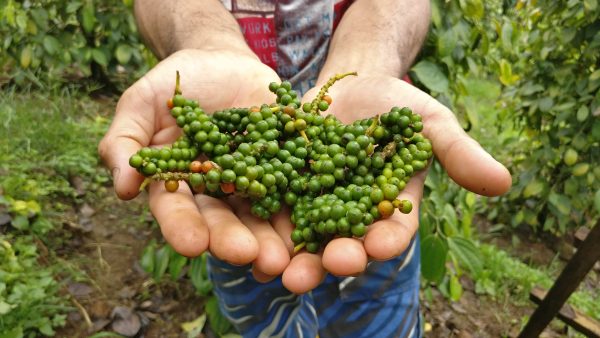
Source: Langit Collective
Pepper is probably the most famous spice in the world, enjoyed by everyone everywhere!Many people might know that Malaysia is one of the top 5 pepper-producing nations in the world. But did you know that Sarawak produces 95% of Malaysia’s pepper? In fact, our pepper is said by aficionados to be the best in the world. You can believe us because our pepper has even been awarded the Protected Geographical Indication* status (PGI) This is why we believe 'Sarawak pepper' deserves an honourable mention!*Geographical Indications (GIs) are goods with special characteristics or with a certain prestige due to their geographical origin.
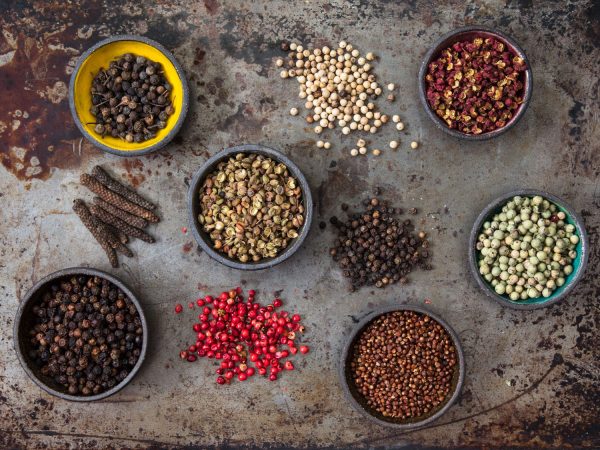
Source: Serious Eats
Pepper is not only a tasty addition to any food. In fact, it is one of the main ingredients in our famous Sarawak laksa! Pepper is also a powerful antioxidant that helps expel wind from the body and improves blood circulation. It also can prevent tooth decay and helps to cool down the body by inducing sweating!If you’ve ever seen people spreading pepper on meat, that’s because its antibacterial qualities make it a good preservative. It also stimulates the appetite and has been used to treat people with eating disorders. It’s been said that strong black pepper and mint tea will help bring up unwanted mucus and phlegm, clearing the chest! Nice!We hope you’ve enjoyed this brief introduction to some of the medicinal plants in our jungles. If you do visit Sarawak and go foraging for any of the above, we recommend to take a guide with you and please remember the jungle has a unique and very delicate ecosystem that must be respected. If you take care of nature, she’ll take care of you!